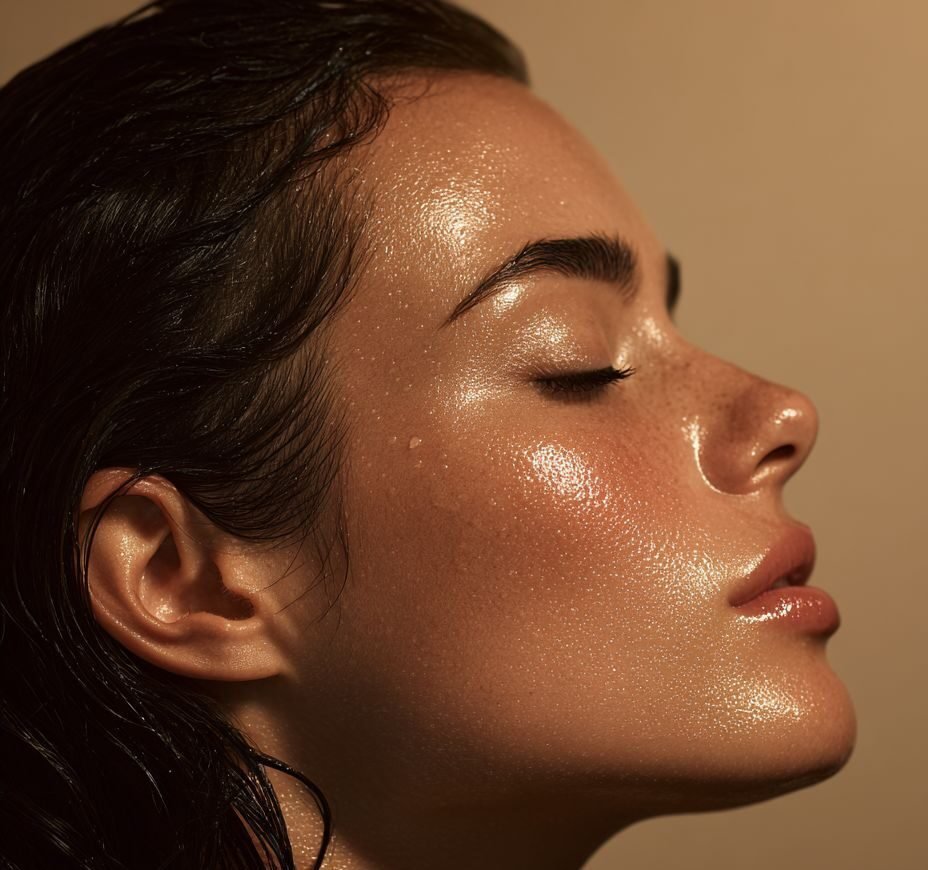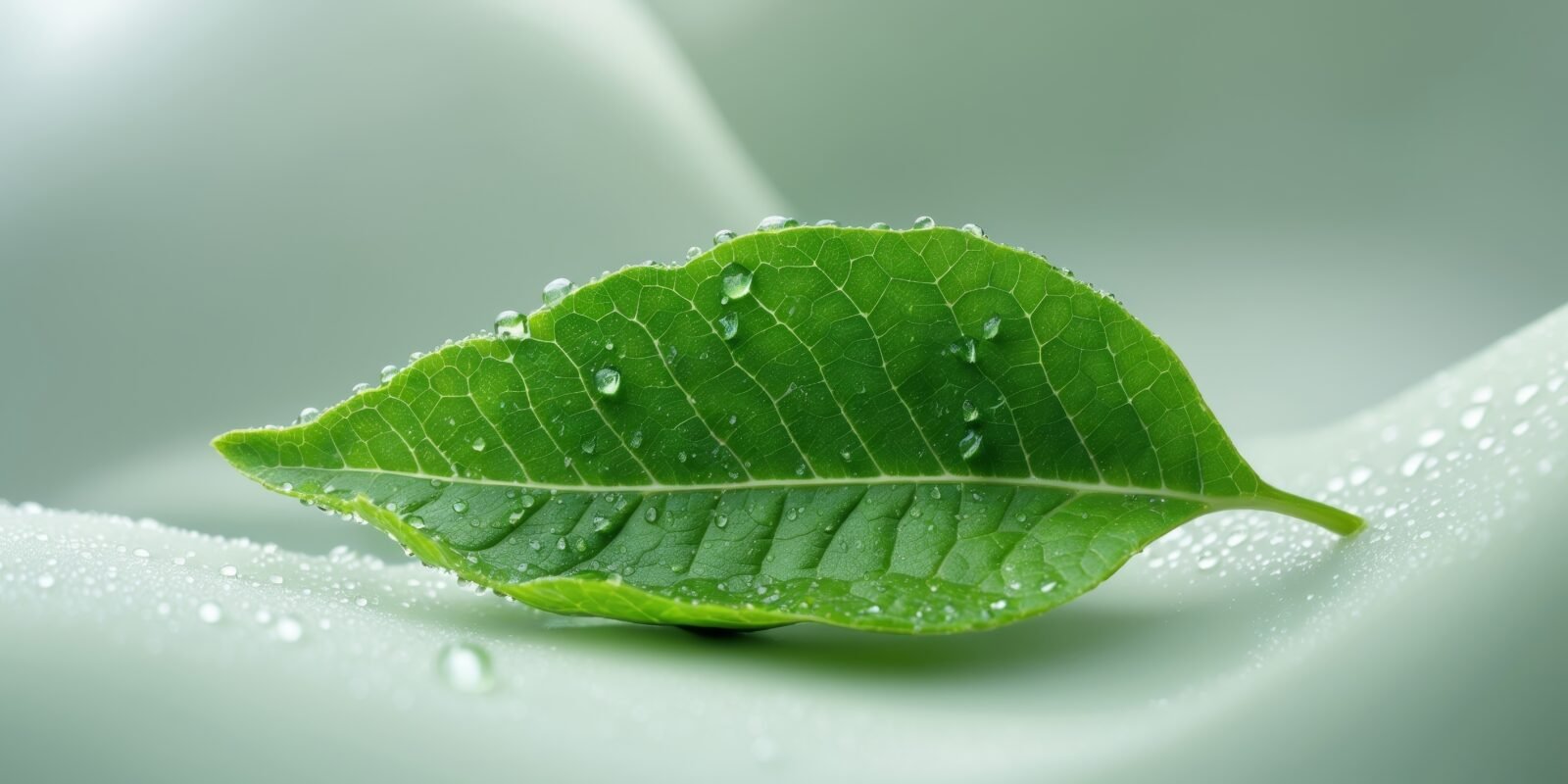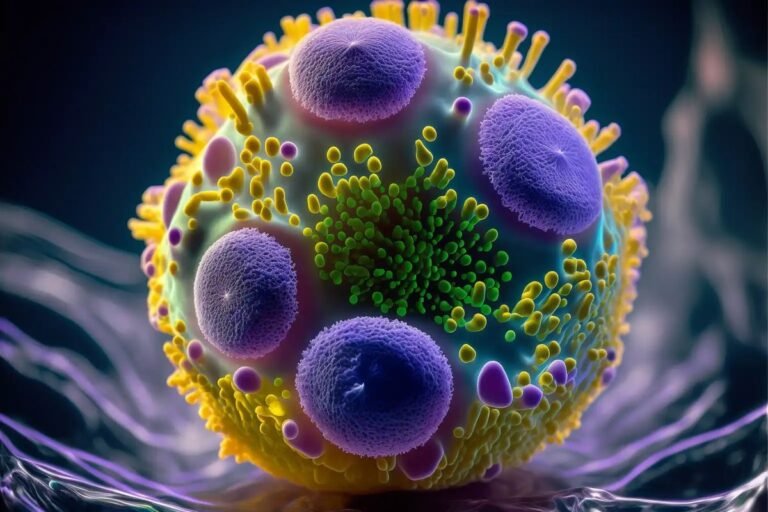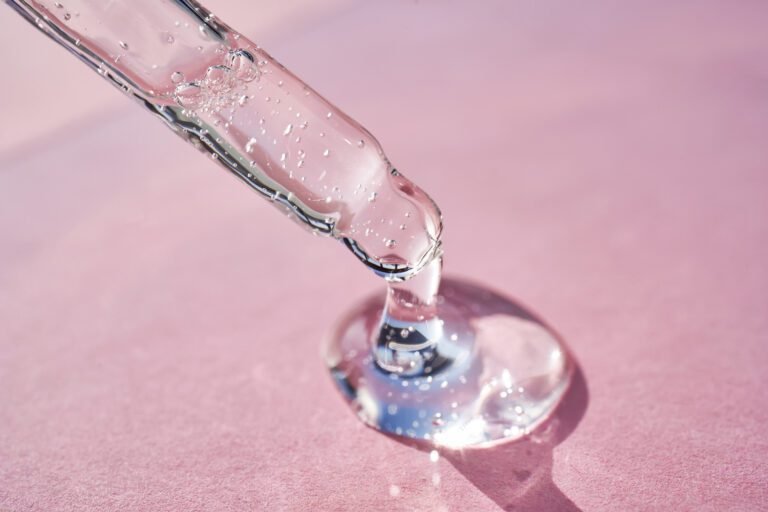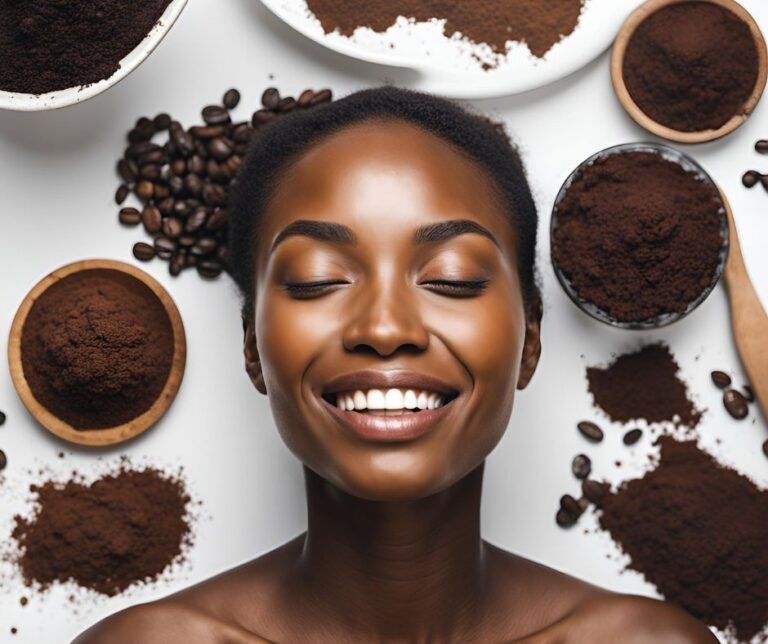Cosmetic science and nutricosmetics are moving toward colorants and actives that do more than just look pretty. Today’s consumers want functional pigments that not only bring vivid hues but also deliver proven health and skin benefits. Among the most talked-about natural pigments are astaxanthin, beta-carotene, and phycocyanin. These bioactives, sourced from algae, plants, and cyanobacteria, have become cornerstones of both beauty-from-within supplements and topical skincare innovations.
Astaxanthin vs beta-carotene vs phycocyanin is not just a comparison of red, orange, and blue. It is a comparison of antioxidant strength, photoprotection, collagen defense, and immune balance. Understanding how they differ, where they overlap, and how they can work together gives formulators a toolkit of powerful actives to design next-generation beauty products.
Why Compare Astaxanthin, Beta-Carotene, and Phycocyanin?
For decades, formulators relied on synthetic dyes and colorants to give products their visual appeal. However, the clean beauty and functional wellness movements changed everything. Now, consumers are more ingredient-savvy, more skeptical of artificial additives, and more demanding of natural solutions that deliver measurable benefits.
Carotenoids and phycobiliproteins answer that call. They are biologically active, safe, and visually striking. By comparing astaxanthin, beta-carotene, and phycocyanin side by side, chemists can identify which bio-pigment works best for anti-aging, skin tone improvement, or soothing care. In addition, these pigments support marketing stories that resonate with both professionals and everyday consumers: “beauty backed by science.”
👉 Studies confirm that natural carotenoids and pigments reduce oxidative stress, protect against UV-induced damage, and support skin barrier integrity. This makes them essential players in both cosmetics and nutrition.
Astaxanthin: The Red Powerhouse
Astaxanthin, often nicknamed the “king of carotenoids,” comes primarily from the microalga Haematococcus pluvialis. Its vibrant red color is what gives salmon, shrimp, and krill their characteristic hue. Yet beyond color, astaxanthin is recognized as one of the most powerful natural antioxidants in existence.
What sets it apart is its ability to quench singlet oxygen and neutralize free radicals with an efficiency far superior to vitamin C or vitamin E. Researchers have shown that astaxanthin’s antioxidant activity can be up to 6,000 times stronger than vitamin C and 550 times stronger than vitamin E.
For the skin, this translates into potent protection against photoaging. Astaxanthin accumulates in cell membranes, where it shields collagen and elastin from UV-induced breakdown. Clinical studies demonstrate that oral or topical supplementation leads to smoother texture, improved elasticity, and reduced wrinkle depth. In addition, astaxanthin promotes even skin tone by reducing UV-induced pigmentation.
👉 Clinical trials show that participants taking astaxanthin supplements for 8 weeks experienced measurable improvements in fine lines, hydration, and overall appearance.
Because of its strength, astaxanthin now appears in both nutricosmetic capsules and anti-aging serums, making it one of the most versatile pigments for beauty brands.
Beta-Carotene: The Golden Classic
Beta-carotene belongs to the family of carotenoids that humans can convert into vitamin A. Found in carrots, sweet potatoes, pumpkins, and algae like Dunaliella salina, it is both a nutrient and a functional cosmetic pigment. Its golden-orange hue is instantly recognizable, but its real magic lies in its provitamin A activity.
When ingested, beta-carotene provides a safe, plant-based source of vitamin A. This supports skin renewal, barrier strength, and immune defense. Topically, it functions as an antioxidant that neutralizes free radicals and protects against oxidative stress.
In nutricosmetics, beta-carotene is widely used to enhance skin tone and radiance. It gives the complexion a healthy, golden glow while providing systemic benefits for the eyes and immune system. Consumers often view it as a familiar, trusted carotenoid, which helps brands market it more easily than newer, less-known actives.
👉 A double-blind clinical study found that beta-carotene supplementation reduced sensitivity to UV-induced erythema, proving its role in natural photoprotection.
Unlike astaxanthin, beta-carotene does not specialize in collagen defense or wrinkle reduction. Instead, it offers broad support for skin renewal and overall radiance, making it an excellent complement to other actives.
Phycocyanin: The Blue Innovator
While carotenoids dominate the orange and red spectrum, phycocyanin is a rare natural blue pigment derived from Spirulina platensis. As a phycobiliprotein, it differs structurally from carotenoids, but it still brings impressive antioxidant and anti-inflammatory properties.
Phycocyanin’s novelty lies not only in its vibrant blue shade, which appeals strongly to clean beauty and functional food brands, but also in its ability to soothe and protect the skin. Research shows that phycocyanin inhibits oxidative stress pathways, calms inflammation, and helps balance immune responses. This makes it particularly valuable for sensitive skin formulations or products targeting redness and irritation.
Moreover, phycocyanin works best in neutral pH aqueous systems, which allows formulators to include it in serums, gels, hydrating masks, and even functional beverages.
👉 Studies on spirulina-derived phycocyanin highlight its role in reducing inflammation and oxidative stress, supporting both internal health and topical soothing benefits.
Because of its rarity and bright natural color, phycocyanin is gaining popularity not just as a functional active but also as a visual differentiator. Products with a blue hue immediately stand out on shelves, catching the attention of younger consumers who value novelty.
Comparing Skin Benefits at a Glance
- Astaxanthin (Red) → strongest antioxidant, superior photoprotection, protects collagen and reduces wrinkles.
- Beta-Carotene (Orange/Gold) → provitamin A for skin renewal, supports tone and barrier strength, delivers a natural glow.
- Phycocyanin (Blue) → antioxidant and anti-inflammatory, ideal for soothing, hydrating, and providing novelty color.
Together, these pigments form a powerful palette for formulators who want products that combine beauty, wellness, and performance.
Choosing the Right Pigment
When deciding which pigment to use, chemists need to weigh both biological benefits and formulation goals.
- If anti-aging and UV defense are the priority, astaxanthin stands unmatched.
- If skin renewal and tone correction matter more, beta-carotene offers the best balance of efficacy and familiarity.
- If the goal is to create soothing skincare with a bold, natural color story, phycocyanin provides uniqueness.
Interestingly, these actives don’t just compete with each other — they complement each other. A nutricosmetic blend of astaxanthin, beta-carotene, and phycocyanin could combine wrinkle defense, skin tone enhancement, and soothing benefits in a single capsule. Similarly, a skincare range that incorporates red, orange, and blue pigments could deliver both visual storytelling and functional benefits.
👉 This synergy is supported by research on multi-carotenoid supplementation, which shows stronger results in antioxidant defense when pigments are combined.
How Formulators Can Use These Pigments
Formulation success depends on stability, delivery, and compatibility:
- Astaxanthin requires protection from oxidation and light. Encapsulation systems, lipid carriers, and opaque packaging enhance its stability. It pairs well with vitamin E and oils in serums and capsules.
- Beta-Carotene is relatively more stable but can degrade under high heat. Using microencapsulation or dispersions improves bioavailability and color consistency.
- Phycocyanin is water-soluble but sensitive to heat and strong acids. It performs best in neutral pH systems and is ideal for hydrating gels or drinks.
By considering these formulation needs, chemists can design products that deliver not only the right color but also the maximum bioactive benefit.
Future Outlook
The market for natural pigments is booming. Consumers no longer see them only as “color,” but as functional wellness actives. Beauty-from-within categories are expected to expand rapidly, with carotenoids and phycobiliproteins leading the charge. At the same time, topical skincare brands are using these pigments to create multi-sensory experiences — combining visible color, clinical efficacy, and emotional storytelling.
Astaxanthin, beta-carotene, and phycocyanin are more than just ingredients. They represent the fusion of science, nature, and marketing appeal. Brands that embrace them today will shape the future of both nutricosmetics and clean beauty.
Final Note for Formulators
Whether you’re working on anti-aging serums, nutricosmetic capsules, or functional beverages, astaxanthin, beta-carotene, and phycocyanin offer a unique opportunity. They provide brilliant natural colors, science-backed antioxidant defense, and consumer-desired health benefits. Choosing the right one depends on your formulation goals, but combining them unlocks the strongest results.
At Grand Ingredients, we offer two forms of astaxanthin designed to meet different formulation needs. Astaxanthin is our high-purity carotenoid extract optimized for nutricosmetic and ingestible applications. It delivers powerful antioxidant and photoprotective benefits from within, supporting smoother texture, improved elasticity, and reduced wrinkle depth when used in capsules, softgels, or powdered blends. Because it is lipophilic, formulators can enhance its bioavailability by pairing it with oils, micelles, or emulsions, and protect it from oxidation with co-antioxidants and opaque packaging.
n-Astaxanthin takes the same powerhouse carotenoid and adapts it for topical delivery. This nano-encapsulated format improves penetration into the skin and stabilizes astaxanthin against oxidation and light exposure. It is ideal for anti-aging serums, emulsions, or specialty delivery systems where formulators want long-lasting antioxidant defense and photoprotection directly at the skin layer. Because of the encapsulation, n-Astaxanthin provides controlled release and better skin uptake compared to standard forms.
By offering both Astaxanthin and n-Astaxanthin, Grand Ingredients allows brands to build synergistic “inside-out” beauty solutions — one that feeds the body’s antioxidant defenses internally and another that shields the skin externally. This dual approach helps formulators design complete regimens that combine science-backed performance with consumer-desired clean, natural storytelling.
